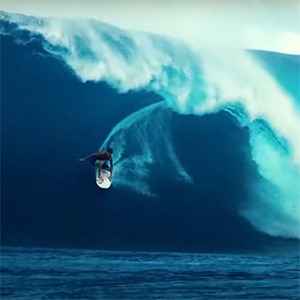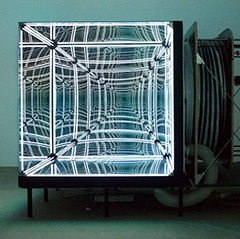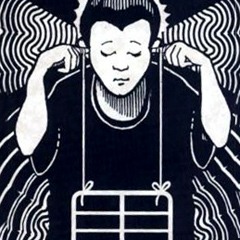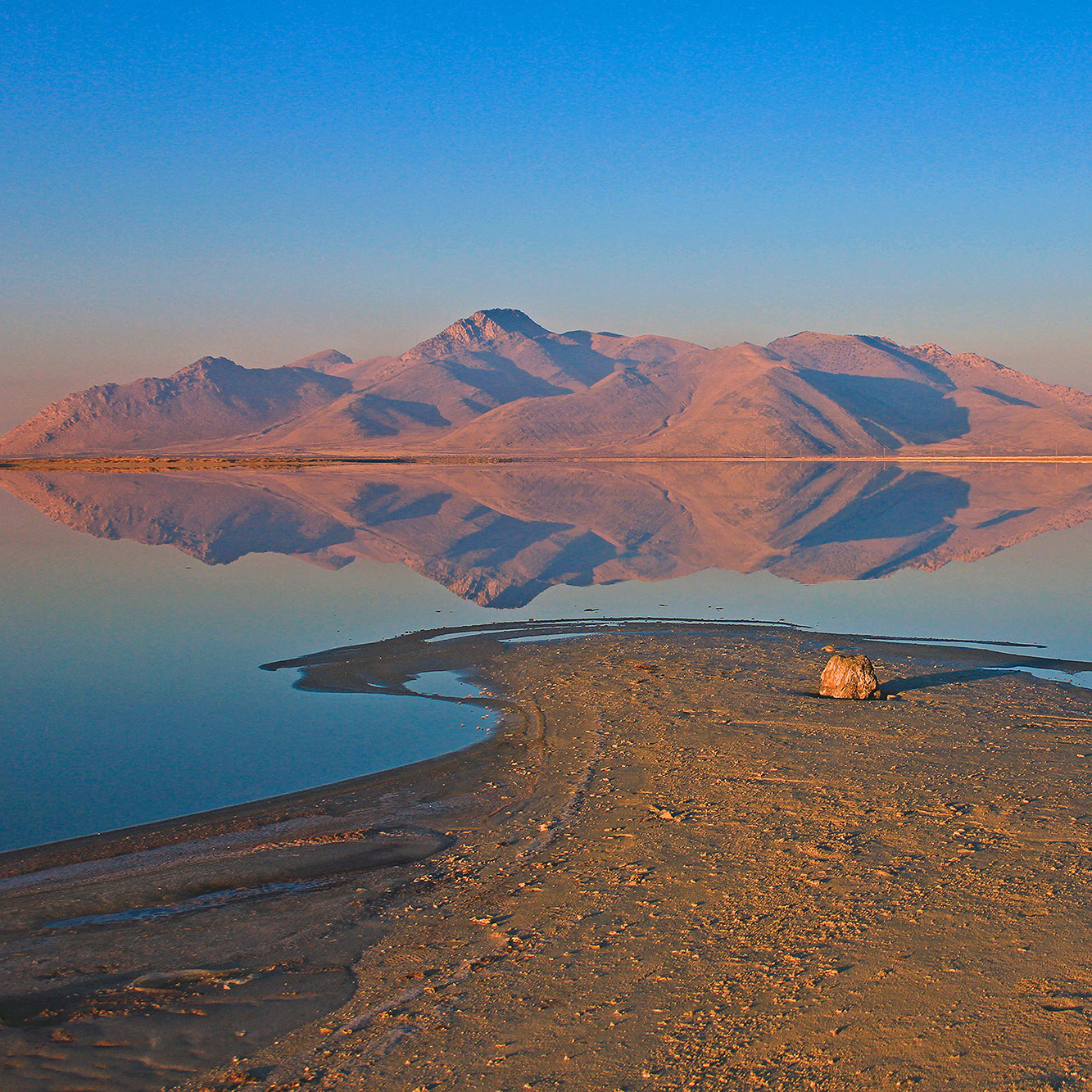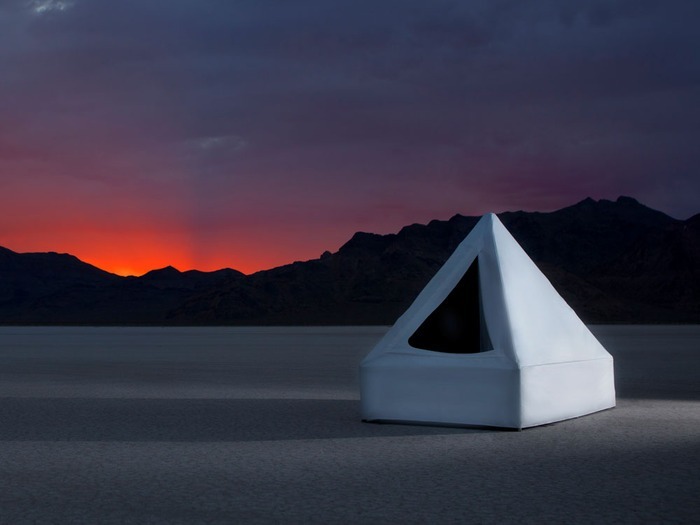

Shane Stott, one of three creators of Zen Float Tank
Update: The wildly successful Kickstarter campaign is complete, having raised over $295,000.
Good news for all you Isolation Tank “floaters” — a new company is about to start producing the cheapest-ever in-home isolation tank, called the Zen Float Tent. Founder Shane Stott says his float tank “ships inexpensively, assembles in any room and offers personal sensory deprivation.” In a video, he assembles one in only fifteen minutes. They’ve done extensive prototyping and testing, and frankly it looks awesome. Shane seems like a very genuine guy and his enthusiasm is contagious.
To raise funds for the first manufacturing run, Zen Float Tank is running a Kickstarter campaign that ends on this Thurs, 29 May. They’ve already crushed their goal of $90,000, so far raising over $280,000!
If you’ve never heard of Isolation Tanks or “sensory deprivation” as a consciousness tool, watch this trailer for the documentary Float Nation:
How Does it Work?
Here’s how the creators describe it:
The Zen Float Tent is essentially a relaxation environment. You can achieve deep states of relaxation and rejuvenation by removing the normal stimulus overload of every day life. Touch, sight, and sound are removed.
Touch: The tent has 10″ of water that is heated to skin temperature (93.5°). This water is saturated with 800 lbs of Epsom Salt so you feel completely weightless. Shortly after hopping in, you will acclimate to the temperature of the water and air. As the water supports you, you begin to feel nothing: no hot or cold, and no gravity.
Sight: Inside, the Zen Float Tent is pitch black. You can open your eyes and still see absolutely nothing.
Sound: In a quiet room with your ears under the water, you will only hear a heart beat, and perhaps an occasional eyelid flutter. When you settle in and the senses are removed, you enter a state of total peace. You are free to relax, or dive into thinking and make connections like never before. Imagine freeing your brain from monitoring what’s going on around it.
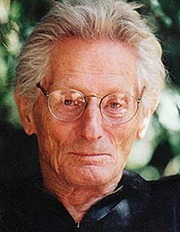
John C. Lilly, inventor of the isolation tank
What they don’t say is that isolation tanks pair incredibly well with cannabis and psychedelics, turning a standard low-dose trip into an inter-galactic space adventure to the center of your soul. As I’ve written about before, sensory deprivation is one of the best ways to hallucinate, or to use a more positive term, to generate internal imagery, sounds, and sensations.
John C. Lilly, the dolphin researcher and inventor of the isolation tank, was famous for taking huge doses of ketamine and other psychedelics, and then floating in silent darkness for hours. Now that’s a psychonaut.
With the Zen Float Tank, now you, too, can trip for hours on end without the pesky distractions of light, sound, gravity, and other intrusive stimuli from the external world! In a float tank, with no incoming data to process, the mind is truly unshackled from consensus reality. Even without drugs, it can be a psychedelic, deeply meditative experience.
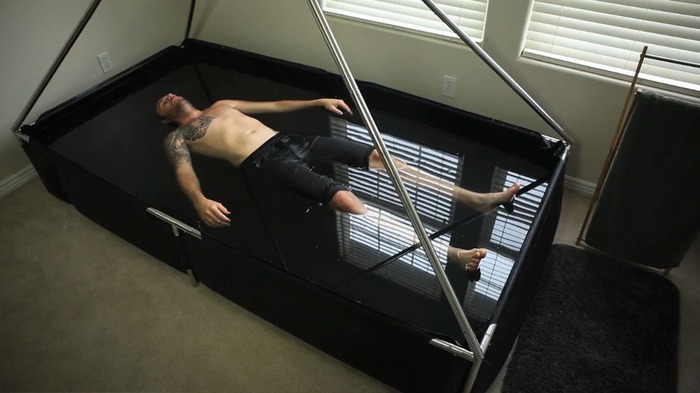
Zen Float Tank without the cover. The footprint is 4 feet by 8 feet.
How Much Will It Cost?
Say the creators: “Typically float tanks are in the $10K-30K mark, with the least expensive costing $4,500. We have priced the Zen float tent at a mere $1,700 (and discounts to our backers).”
The price tag doesn’t include the 800 pounds of epsom salt you’ll need (or the LSD), but it sounds pretty reasonable considering the competition’s steep pricing. A single float session averages $70 at most float centers, which means just 25 floats would cover the cost of this tank. And if you can’t afford a tank, consider chipping in to get a DVD or t-shirt while supporting this fledgling company.
Imagine what your friends and family will say when they see a white tent filled with epsom saltwater in the guest room — excuse me, in the the sensory deprivation chamber formerly known as the guest room.
Check it out!
Liked this post? Subscribe to my RSS feed to get much more!





